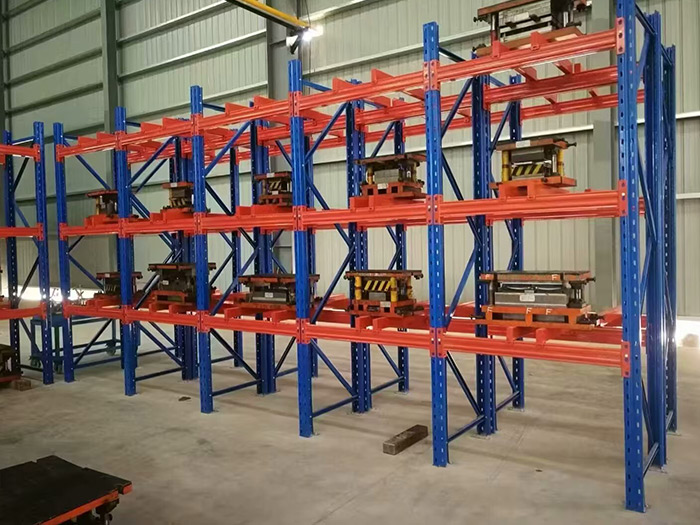
Wood has been an integral part of construction for centuries, offering a unique combination of strength, versatility, and sustainability. From ancient civilizations to modern architectural marvels, wood has stood the test of time. In this blog post, we will explore the various types of wood used in construction, their properties, and their applications in different sectors. Join us on this journey to discover the wonders of wood in the construction industry.
- Softwood vs. Hardwood:
Wood used in construction can be broadly classified into two categories: softwood and hardwood. Softwood, derived from coniferous trees, is known for its fast growth, affordability, and ease of availability. Hardwood, on the other hand, originates from deciduous trees and is renowned for its durability, strength, and aesthetic appeal. Understanding the differences between these two types of wood is crucial for selecting the right material for construction projects. - Common Softwoods in Construction:
Softwoods, such as pine, spruce, and fir, are extensively used in construction due to their favorable properties. Pine, known for its straight grain and light color, is often employed in framing, flooring, and interior finishes. Spruce, with its high strength-to-weight ratio, finds applications in roof trusses and structural components. Fir, prized for its dimensional stability, is commonly used in doors, windows, and moldings. - Exploring the World of Hardwoods:
Hardwoods, including oak, maple, and mahogany, offer exceptional strength and durability, making them ideal for a wide range of construction purposes. Oak, with its distinctive grain patterns and resistance to decay, is frequently utilized in flooring, furniture, and decorative elements. Maple, renowned for its hardness and stability, is a popular choice for cabinets, paneling, and musical instruments. Mahogany, prized for its rich color and resistance to insects, is often employed in high-end furniture and exterior applications. - Engineered Wood Products:
In addition to traditional solid wood, engineered wood products have gained significant popularity in the construction industry. These products, such as plywood, laminated veneer lumber (LVL), and oriented strand board (OSB), offer enhanced strength, stability, and cost-effectiveness. Plywood, composed of multiple layers of wood veneers, is widely used in flooring, roofing, and furniture. LVL, made by bonding thin wood veneers together, finds applications in beams, headers, and trusses. OSB, created from compressed wood strands, is commonly used in wall sheathing and subflooring. - Sustainable Wood Choices:
As sustainability becomes a paramount concern in construction, using responsibly sourced wood is crucial. Certifications like the Forest Stewardship Council (FSC) ensure that wood products come from well-managed forests. Additionally, utilizing reclaimed wood and exploring alternative materials, such as bamboo and engineered wood made from agricultural waste, can further reduce the environmental impact of construction projects.
Conclusion:
Wood, with its inherent beauty, strength, and eco-friendliness, continues to be a preferred material in construction. By understanding the different types of wood available, their properties, and their applications, architects, builders, and homeowners can make informed decisions for their projects. Embracing sustainable wood choices further enhances the environmental credentials of the construction industry. So, let's appreciate the versatility of wood and continue to build a greener future.

